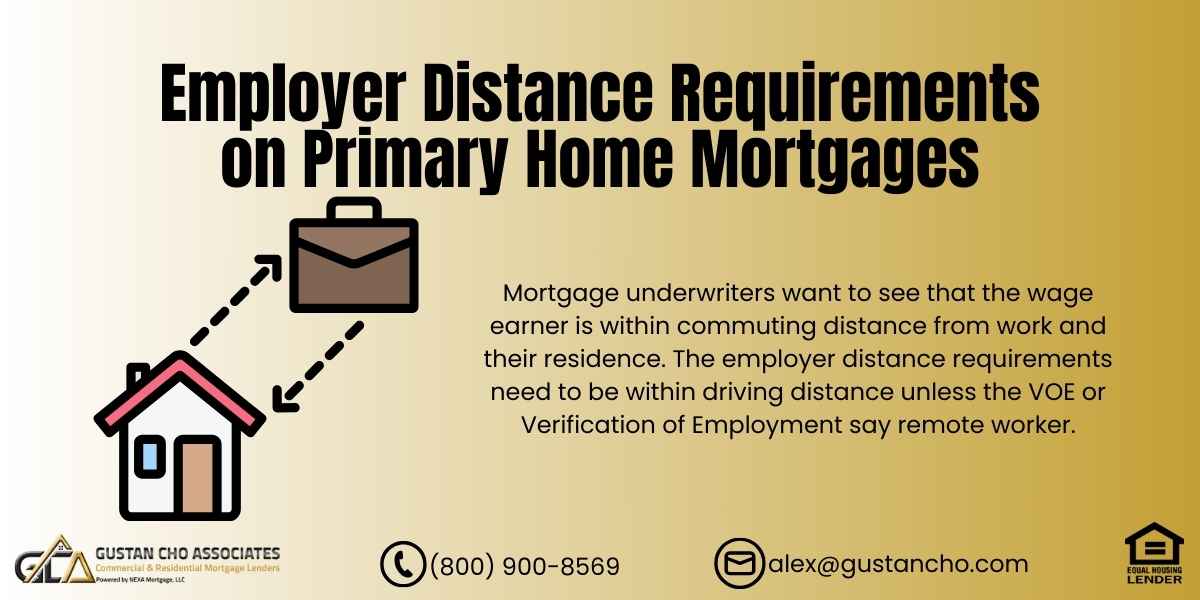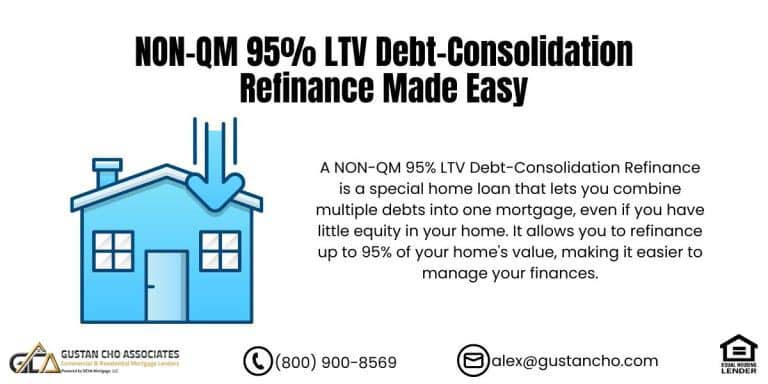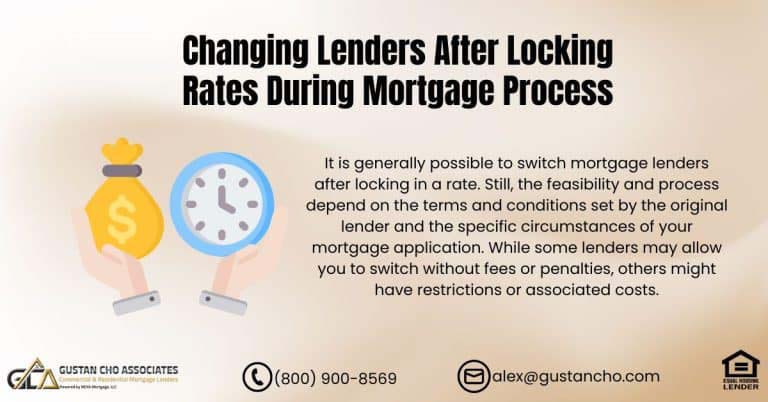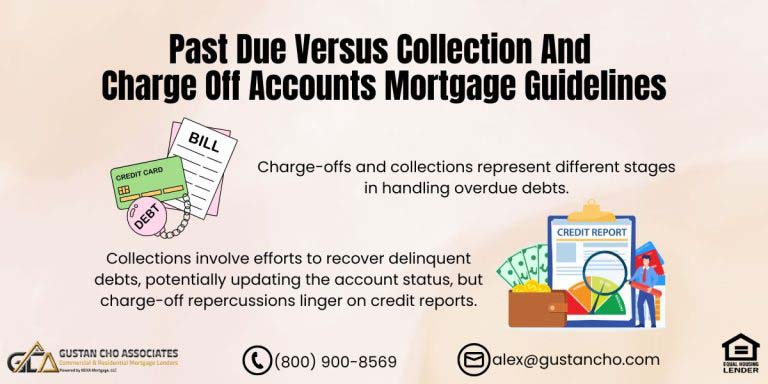In this blog, we will cover employer distance requirements on primary home mortgages. Employer Distance Requirements On Primary Home Mortgages is a requirement on all loan programs. Lenders want to make sure that the distance from the new home purchase to their work location is reasonable. FHA, VA, and USDA loans (Government Loans) only offer primary home loans. Government Loans do not offer second home and investment property mortgages. Conventional Loans do allow second home and investment property mortgages. Homebuyers with remote jobs can purchase a home anywhere in the U.S.
Employer Distance Requirements For Remote Wage Earners
One of the mortgage lenders’ primary concerns is the proximity the homebuyer lives from their places of employment. For example, if an Illinois borrower is buying a primary resident in Tennessee, this will cause concerns for a mortgage underwriter. Let’s take a case scenario where a homebuyer is currently residing in Chicago, Illinois. We will say the employer is located in Chicago and they are purchasing a home in Tennessee.
Mortgage underwriters want to see that the wage earner is within commuting distance from work and their residence. The employer distance requirements need to be within driving distance unless the VOE or Verification of Employment say remote worker.
There are no branch offices within commuting distance in the area in Tennessee the homebuyer is buying the home. This will automatically alert the mortgage underwriter. The underwriter will need an explanation. Most explanations on this type of case scenario are the homebuyer is a remote wage earner. Remote job positions are becoming more and more popular. The mortgage underwriter will want to see the documentation verifying this. Lenders will contact the employer via Verification Of Employment and address this issue. The employment verification needs to state verbiage that the employee is a remote worker and does not have to report to a brick and mortar physical location.
Connect with lenders offering remote wage earner-friendly programs
Apply Online And Get recommendations From Experts
Reason Lenders Are Concerned of Employer Distance Requirements
Mortgage lenders are worried about how far away a borrower’s job is from their home. If someone does not have a full-time job or a steady income, they may struggle to pay for housing. Part of checking a borrower’s employment includes looking at the distance between their workplace and their home.
To confirm the borrower has a full-time employment, they need to be within commuting distance to and from work unless they are remote wage earners.
Mortgage guidelines related to remote work are based on the borrower’s situation. In this section, we will cover some general considerations. Lenders typically seek a stable income when approving a mortgage. If you have a remote job with a consistent income, it can be treated similarly to traditional employment. However, if your income is variable or you’re on contract, lenders may scrutinize your financial stability more closely.
Proof of Income of Borrowers
You’ll probably need to show proof of your remote work and employment. This can include pay stubs, tax returns, or a letter confirming your job and income. Working remotely often lets you live anywhere, even in places with lower housing costs. Lenders may look at where you will live and how it affects the property’s value and marketability. They usually prefer borrowers with a steady work history. It might raise concerns for lenders if you recently switched to remote work or changed jobs often.
Your debt-to-income ratio (DTI) is key for getting a mortgage. Lenders will look at how much money you make compared to your debt. They will include your remote work income in this evaluation.
Credit History of Borrowers
The borrower’s credit history and credit score will still play a significant role in mortgage loan approval. Lenders will assess your creditworthiness based on the borrower’s payment history, credit utilization, and length of credit history.
Residency and Legal Status
Lenders will also consider your residency status and whether you’re legally allowed to work in the U.S. Communicating openly with your lender about your remote work situation is important. Be ready to provide the necessary documents and answer any questions about your income stability. As remote work changes, mortgage guidelines may also change. It’s a good idea to talk to a mortgage lender or financial advisor. They can give you the latest information and advice that suits your situation.
How Underwriters Classify Remote Wage Earners
Borrowers with a long history of working from home will face less review than those new to remote work. Mortgage underwriters will closely check that the borrower is a genuine remote employee and not claiming to be one to meet employer distance requirements. If the borrower can get a letter from their employer confirming their remote status, the employer distance requirements will be waived.
Rates and Down Payment on Primary Versus Second and Investment Homes
Government Loans (FHA, VA, USDA) are for primary home residences only. Fannie Mae and Freddie Mac allow for second and investment property loans. The main reason primary home loans are preferable is due to the following factors:
- Primary homes have lower mortgage rates
- Primary homes have lower down payment requirements
- Primary homes have easier rules to qualify
- Sellers are allowed to help you pay more of your closing costs
Primary homes have a higher debt-to-income ratio caps than second or investment homes.
Maximum Employer Distance Requirements and Guidelines
There are no specific distance limits for primary home mortgages. However, most lenders prefer that homebuyers live within a reasonable distance from their workplace. Typically, this means no more than 60 miles from the borrower’s home to their job. Remote employees are not subject to this requirement. If the distance exceeds 60 miles, lenders will review each situation individually.
For more information about this article or other mortgage-related topics, please contact us at Gustan Cho Associates at 800-900-8569 or text us for a faster response. Or email us at gcho@gustancho.com.
Frequently Asked Questions About Employer Distance Requirements:
Q: What are Employer Distance Requirements?
A: Employer Distance Requirements mean how close your new home needs to be to your job location.
Q: Do Employer Distance Requirements Matter for Remote Jobs?
A: No, Employer Distance Requirements don’t apply if your job lets you work from home full-time.
Q: How far Can My Home be from My Work if I’m Not Remote?
A: Usually, lenders like your new home to be within 60 miles of your workplace unless you have a remote job.
Q: Can I Buy a House in Another State if My Employer is Far Away?
A: Yes, if your employer confirms you’re a remote worker, Employer Distance Requirements are waived.
Q: Why do Lenders Care About Employer Distance Requirements?
A: Lenders want to make sure you can regularly commute to work and pay your mortgage without issues.
Q: What Happens if My New Home is Farther Than 60 Miles from My Workplace?
A: Lenders will ask for a clear reason or proof you can work remotely to bypass Employer Distance Requirements.
Q: Do All Loan Types have Employer Distance Requirements?
A: FHA, VA, USDA, and conventional loans all have Employer Distance Requirements, except for remote workers.
Q: What Documents do I Need to Prove I have a Remote Job?
A: You’ll need a letter from your employer confirming you’re a remote worker to meet Employer Distance Requirements.
Q: Will Changing to Remote Work Recently Affect My Mortgage Approval?
A: Maybe. If you just started remote work, lenders might examine your job history and Employer Distance Requirements more closely.
Q: Are Employer Distance Requirements the Same for Primary Homes and Investment Homes?
A: No, Employer Distance Requirements mainly apply to primary homes. Investment homes have different guidelines.










